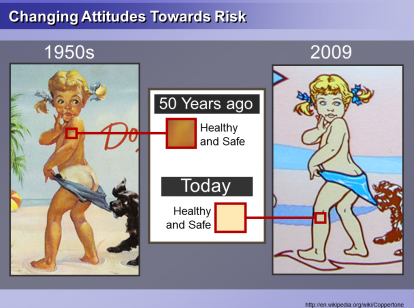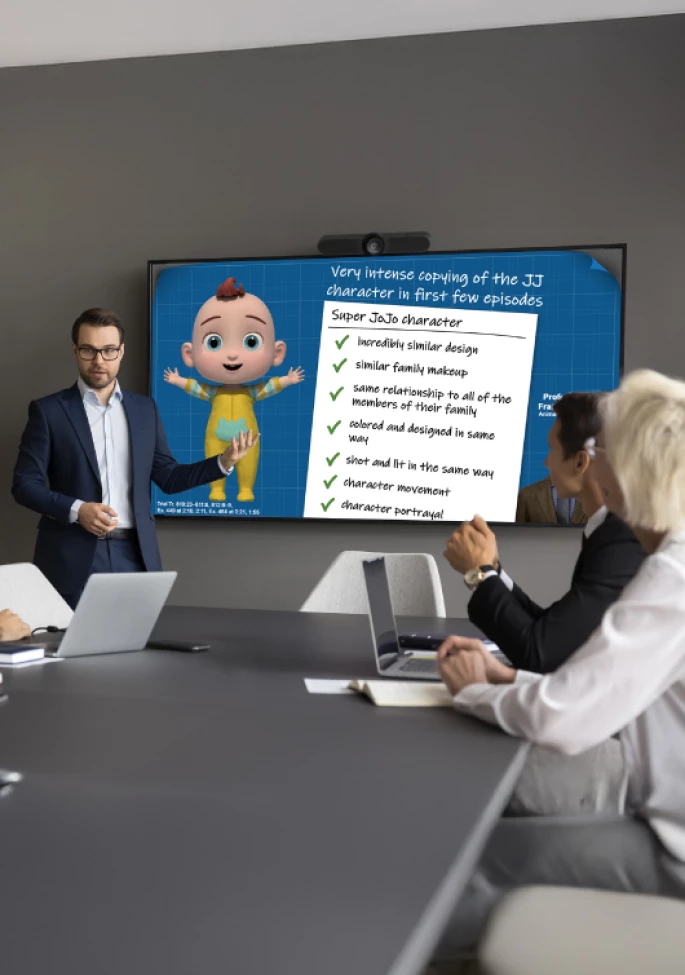Over the years, we have been asked by attorneys in lead paint litigation about the key lessons we have learned in these types of cases. Our experience conducting mock trials, assisting with opening statements and in jury selection, and interviewing jurors post-verdict has seen a few key issues over which jurors often divide. Whether your client is a landlord, manufacturer, or involved in abatement procedures, there are a few common strengths and challenges found in most lawsuits involving plaintiffs who claim injury from lead paint exposure. By identifying—and striking—jurors who are most resistant to your strengths and appealing to arguments that resonate with the remaining jurors, counsel can increase the likelihood of a successful outcome at trial.
State-of-the-Art Standards and Hindsight Bias
Getting jurors to step back in time and judge a defendant’s actions according to the standard of care decades ago can be a challenge. In lead paint litigation, it is important to identify jurors who will have the most difficulty not judging the defendant in hindsight. We suggest first exploring the topic in voir dire to target jurors for cause. Consider making an analogy to the use of seatbelts for children in the 60s and 70s and note the jurors who appear to have a negative reaction or look uncomfortable—versus those jurors who smile, laugh, or nod in agreement. Although it may seem obvious, asking directly whether there are any jurors who would have difficulty judging a company today by standards that were in place decades ago can sometimes elicit a juror response that can lead to a cause challenge. Typically, younger jurors have the most difficulty with the concept and tend to engage in hindsight bias (i.e., judging events of the past through today’s lens), although age is not the sole predictor of a juror’s ability to consider standards of the past.
Once you have rid your panel of jurors who are most resistant to stepping back in time, you can continue to educate jurors about the changing attitudes toward products over time as a method to overcoming the tendency to engage in hindsight. That is, products once revered are subject to changing standards and consumer attitudes. See Figure 1 below for instance. It was designed to help jurors understand the defense’s state-of-the-art arguments and how attitudes about products change as attitudes and knowledge change over time. This graphic helps teach jurors to remember to judge the product at the time it was made and with the surrounding knowledge of the risk, rather than through today’s standards.

Figure 1: Changing Attitudes about Sun Exposure
Lead Poisoning and Alternative Exposures
Discussions with mock jurors and interviews with actual jurors have helped us identify ways to draw attention to alternative exposures to lead poisoning. Without alternatives, jurors are fixated on the lead paint source within the child’s home. Jurors find learning about the historical uses of lead paint and the prevalence of lead dust in the natural environment helpful when looking for alternative sources for elevated blood levels. Jurors usually enjoy playing the role of detective, especially when they are able to draw upon their own knowledge and experience. If you must concede that the child had elevated blood lead levels (e.g., due to testing at the time), then it may be worthwhile to pitch your case as a “whodunnit,” and as the defendant’s search for the true culprit.
For example, you may have access to the child’s blood lead levels and can track how the levels rise or fall over time as the child ages. If the home is truly the source of the child’s lead poisoning, jurors should expect to see lead levels peak at around age six months to a year, when children begin crawling and putting objects in their mouths. A peak at any other time suggests an alternative source. Particularly, if levels peak as the child gets older and begins to play outside, or travels to daycare or to the homes of family members, jurors may conclude that the child is being exposed elsewhere, and the home is not the source of the lead poisoning.
Quantifying Damages
A plaintiff’s damages in lead paint litigation are often based on impairments that are difficult for jurors to quantify, such as diminished earning capacity, inattention, hyperactivity, and behavioral problems. Even with expert testimony regarding the loss of IQ points from lead paint poisoning, such a loss is difficult for some jurors to translate to a meaningful injury. They struggle over whether the impairments are due to exposure or due to the plaintiff’s life experiences. Jurors have told us in post-verdict interviews and in their mock deliberations that they look at the whole child and their environment when determining if there is an injury. That is, they try to resolve the answers to questions like some of the following:
- Is the child excelling at sports or other activities?
- If the child has behavioral problems, is the behavior due to the lead exposure or to external factors, such as home life, parental role models, etc.
- If the child has a low IQ and is having difficulty in school, jurors ask if the IQ is a product of their environment, genes, or caused by direct exposure to ingesting lead paint.
Depending on their own attitudes and experiences, jurors often have varying—and strongly held—views on what causes behavioral problems and poor academic performance, which are the types of injuries frequently claimed in these cases.
In Conclusion
The issues discussed above are just a few of the topics that jurors focus on in lead paint litigation, which is why it is so important for counsel to explore these issues in voir dire and address them in arguments. IMS consultants have experience helping trial counsel to do just that in a variety of cases. The unique circumstances of any particular case may call for different approaches to dealing with these topics, which is why it is important to tailor your voir dire, themes, and arguments to each case.





